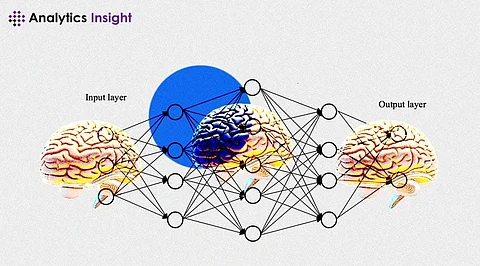
- Insights
- Cryptocurrencies
- Stocks
- White Papers
- Industry
- Geography
- Insights
- Cryptocurrencies
- Stocks
- White Papers
- Industry
- Geography


Machine learning is a branch of artificial intelligence that enables computers to learn from data and make predictions or decisions without explicit programming. Machine learning algorithms are the core components of machine learning systems, as they define the rules and methods for learning from data and solving problems.
There are many types of machine learning algorithms, each with its strengths and weaknesses and suitable for different kinds of tasks and data. In this article, we will focus on three significant types of machine learning algorithms that are widely used for decision-making: supervised learning, unsupervised learning, and reinforcement learning.
Supervised learning is a type of machine learning where the algorithm learns from labeled data, that is, data that has a known output or target value. The goal of supervised learning is to find a function that maps the input data to the output labels and then use it to make predictions or classifications on new, unseen data. Some examples of supervised learning algorithms are linear regression, logistic regression, decision trees, random forest, support vector machine, and neural networks.
Unsupervised learning is a type of machine learning where the algorithm learns from unlabeled data, that is, data that has no predefined output or target value. The goal of unsupervised learning is to discover the hidden structure or patterns in the data and then use it to group, cluster, or summarize the data. Some examples of unsupervised learning algorithms are k-means, hierarchical clustering, principal component analysis, and autoencoder.
Reinforcement learning is a type of machine learning where the algorithm learns from its actions and feedback rather than from data. The goal of reinforcement learning is to find an optimal policy that maximizes the expected reward or value of the actions taken in a dynamic and uncertain environment. Some examples of reinforcement learning algorithms are Q-learning, SARSA, policy gradient, and deep Q-network.
Machine learning algorithms for decision making can be applied to various domains and problems, such as business, finance, healthcare, education, gaming, robotics, and more. Some of the benefits of using machine learning algorithms for decision-making are:
However, machine learning algorithms for decision-making also have some challenges and limitations, such as:
Therefore, machine learning algorithms for decision making should be used with caution and responsibility and always evaluated and validated before deployment. Machine learning algorithms for decision-making are robust and promising tools, but they are not perfect or infallible, and they still need human guidance and oversight.
